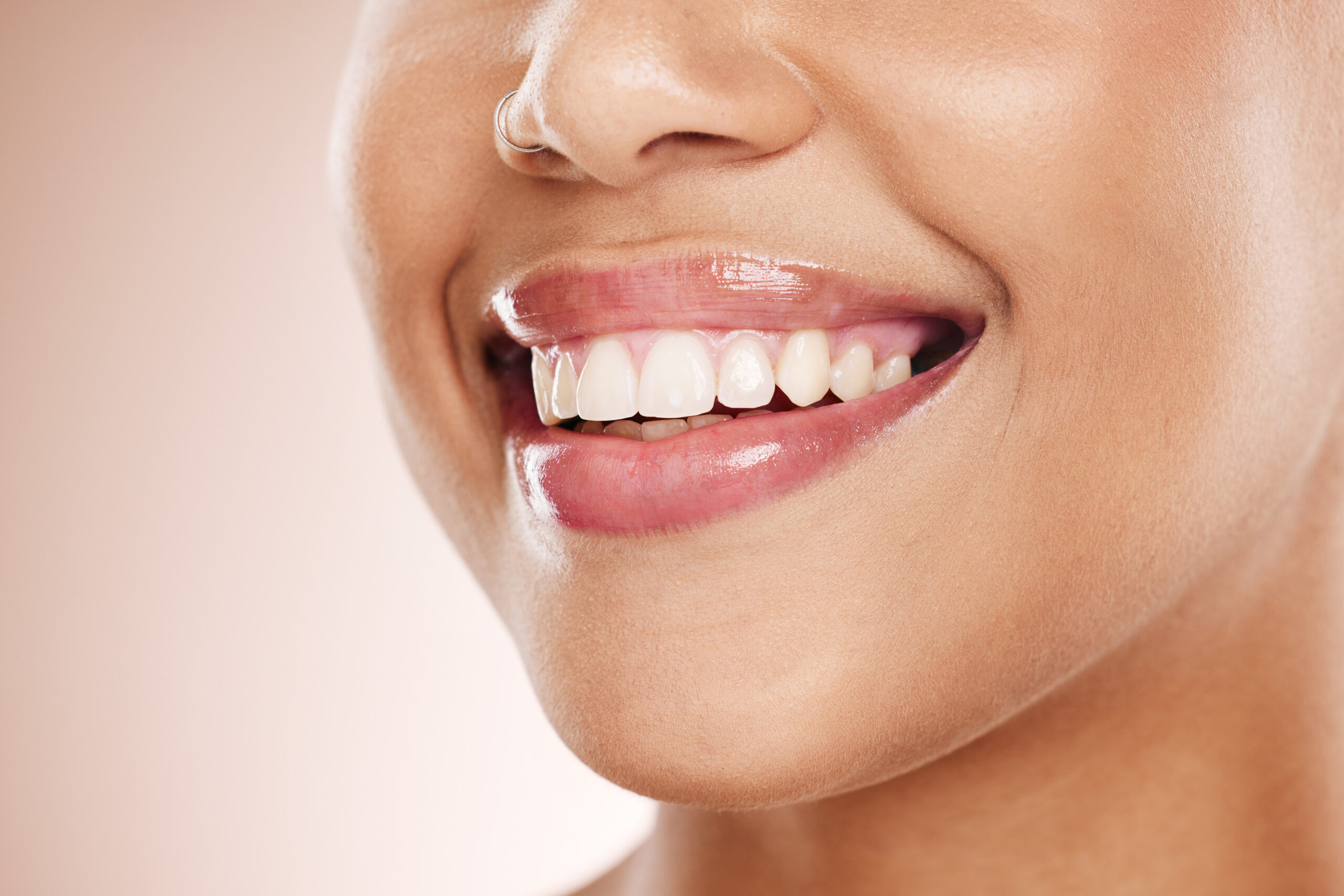
A dazzling white smile can make a lasting impression and increase self-confidence. However, how frequently can you whiten your teeth without breaking them? In actuality, excessive teeth whitening can cause gum irritation, enamel loss, and dental sensitivity.
Maintaining a radiant smile while safeguarding your dental health requires striking the correct balance. Let’s see the best frequency of teeth whitening based on various techniques and advice for maintaining your teeth’s whiteness over time.
How Often Should Your Teeth Be Whitened?
The whitening technique you choose will decide how often should you whiten your teeth. The frequency of typical teeth-whitening procedures is broken down here.
1. Professional Whitening at The Clinic
Suggested: Every six to twelve months
Why? Professional teeth whitening produces long-lasting results by using bleaching agents at high concentrations. Frequent treatments, however, have the potential to damage enamel, increasing the sensitivity of teeth.
2. Whitening Kits for At-Home Use (Dentist-Recommended Trays or Strips)
Every three to six months is advised.
Why? These kits are safe for occasional use because they have lower peroxide concentrations than professional treatments. Excessive use, though, might still cause irritation.
3. Whitening Gels and Strips That are Sold Over-The-Counter
Recommended: Every 3 months.
Why? These products are convenient but often contain lower-quality bleaching agents. Overuse can strip enamel, leading to long-term dental problems.
4. Whitening Toothpaste & Mouthwash
Recommended: Daily use is safe.
Why? These contain mild abrasives and gentle whitening agents that help remove surface stains. While they don’t deeply bleach teeth, they’re effective for maintenance.
Consequences of Over-Whitening
Whitening too frequently can have negative effects on your teeth and gums. According to the American Dental Association, over 40% of people who use whitening products experience tooth sensitivity. Here’s what can happen when you overdo it:
- Tooth Sensitivity: Over-whitening exposes dentin, making teeth more sensitive to hot and cold temperatures.
- Enamel Erosion: Too much bleaching can weaken enamel, leading to cavities and long-term damage.
- Gum Irritation: Whitening agents that frequently come into contact with gums can cause irritation, redness, or burns.
If you notice increased sensitivity or gum discomfort, pause whitening treatments and consult a dentist.
How To Keep Your Teeth White for Longer?
Instead of whitening too often, follow these tips to maintain your results:
1. Avoid Staining Foods & Drinks
- Coffee, tea, red wine, and dark sauces can discolor teeth.
- Rinse with water after consuming stain-causing foods.
2. Use a Straw
- Drinking through a straw minimizes direct contact between beverages and teeth, reducing stains.
3. Maintain Excellent Oral Hygiene
- Brush twice a day with fluoride toothpaste.
- Floss daily to remove plaque that can trap stains.
4. Touch-Up Whitening Treatments
- Use whitening toothpaste or strips occasionally to maintain brightness.
- Consider an at-home touch-up every 3–6 months instead of frequent full whitening treatments.
If you’re unsure, consult our dentist for personalized advice. Remember, moderation is key to keeping your teeth healthy and radiant! A bright smile should shine—but never at the cost of your dental health.

